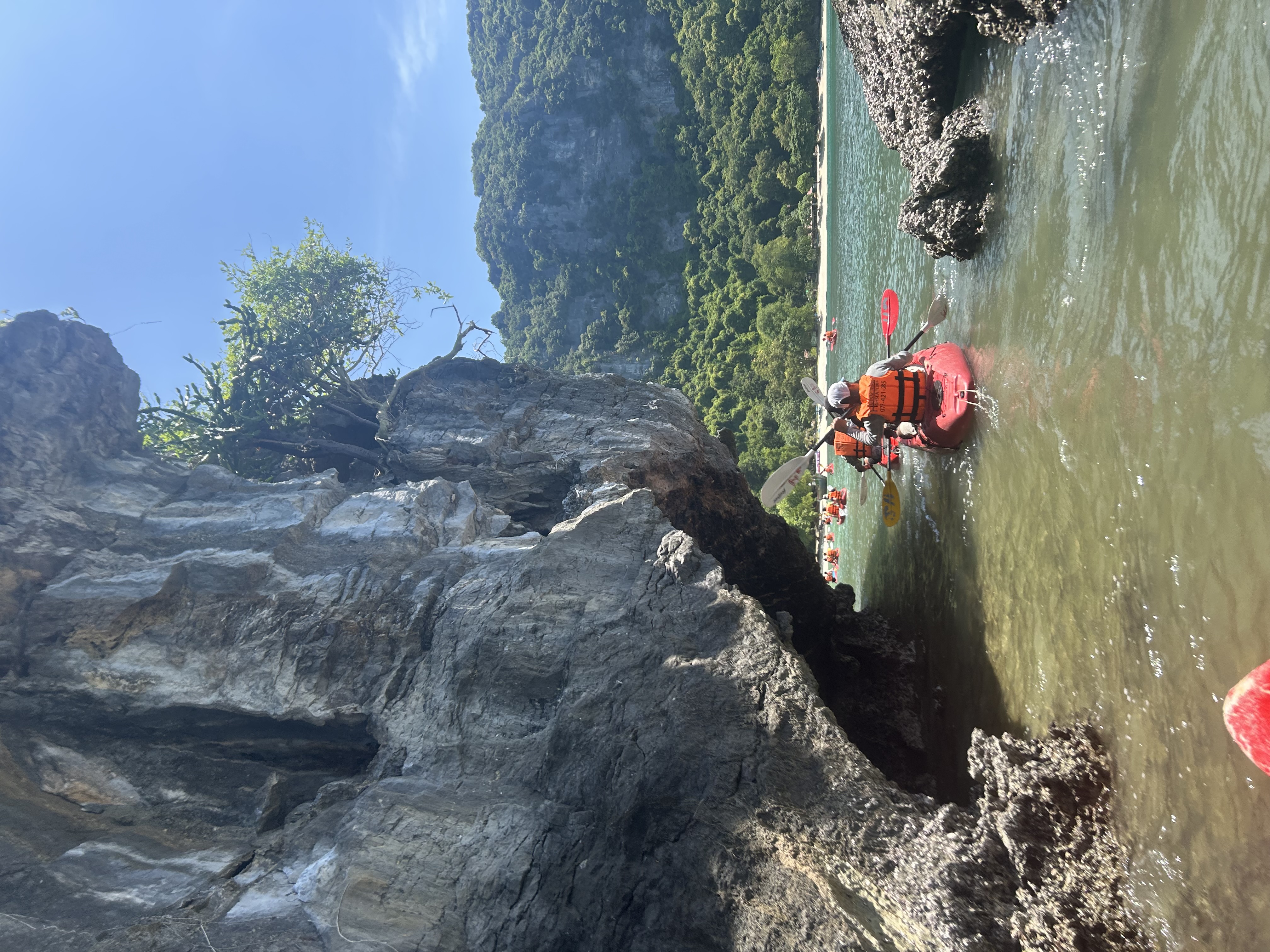rate and extent of chemical change
Cards (90)
- Limiting reactant
- What is required for a reaction to take place?
- What factors affect the rate of reaction?
- How do catalysts affect the rate of reaction?
- What is the role of enzymes in reactions?
- What does activation energy refer to?
- How does collision frequency affect reaction rate?
- How does concentration affect the rate of reaction?
- What happens when pressure of reacting gases increases?
- How does temperature influence particle speed?
- What is the effect of increasing surface area on reactions?
- How can you increase the surface area of a reactant?
- What is the formula for rate of reaction?
- What are the units for rate of reaction?
- How can you interpret graphs of reaction rates?
- What does the slope of a tangent on a graph represent?
- What does the time axis represent in reaction graphs?
- How do units depend on measurements in reaction graphs?
- What occurs at equilibrium in reversible reactions?
- What does Le Chatelier’s Principle state?
- How is equilibrium denoted in chemical equations?
- What can the products of a reversible reaction do?
- How can the direction of a reversible reaction be changed?
- What is required for reversible reactions to reach equilibrium?
- What factors does equilibrium depend on?
- What type of energy changes occur in reversible reactions?
- How much energy is transferred in each direction of a reversible reaction?
- What happens if you change the conditions of a reversible reaction?
- How does a change in temperature affect equilibrium?
- How does a change in pressure affect equilibrium?
- What happens when the concentration of reactants is increased?
- What does equilibrium shifting to the right indicate?
- What is activation energy?
- How do catalysts affect the rate of reaction?
- What does collision theory state?
- What happens to product formation when reactant concentration increases?
- How does pressure affect equilibrium position?
- What is the effect of temperature on equilibrium for endothermic reactions?
- How does increasing reactant concentration affect reaction rate?
- What is the effect of increasing pressure on gaseous reactants?
